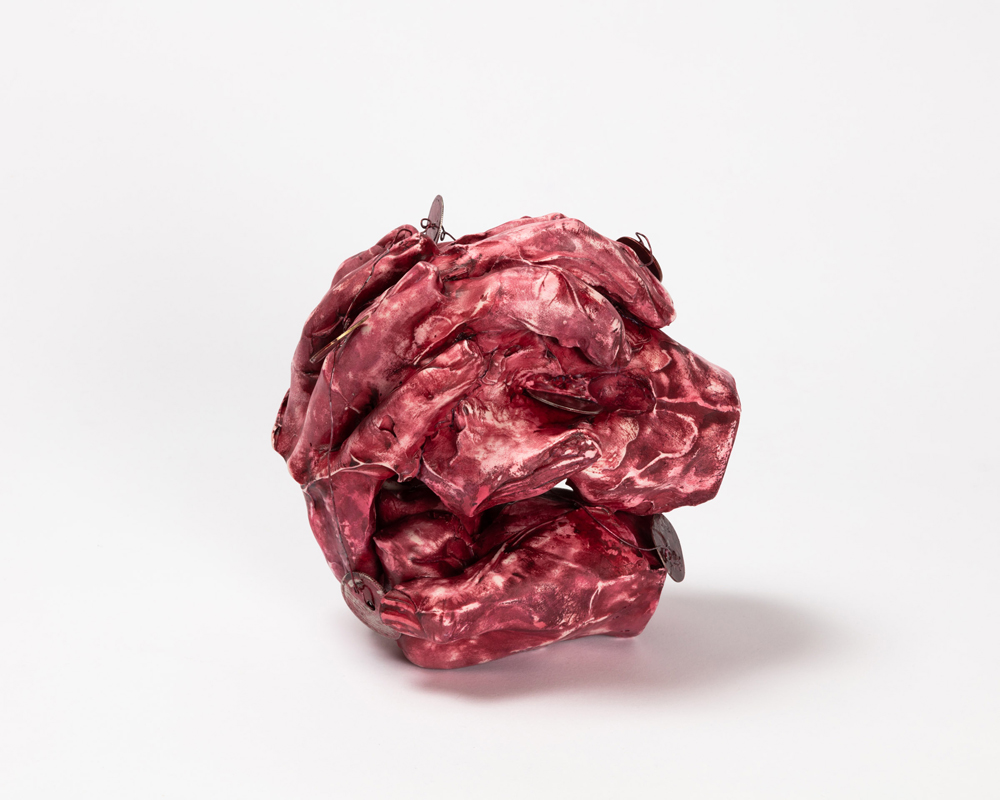
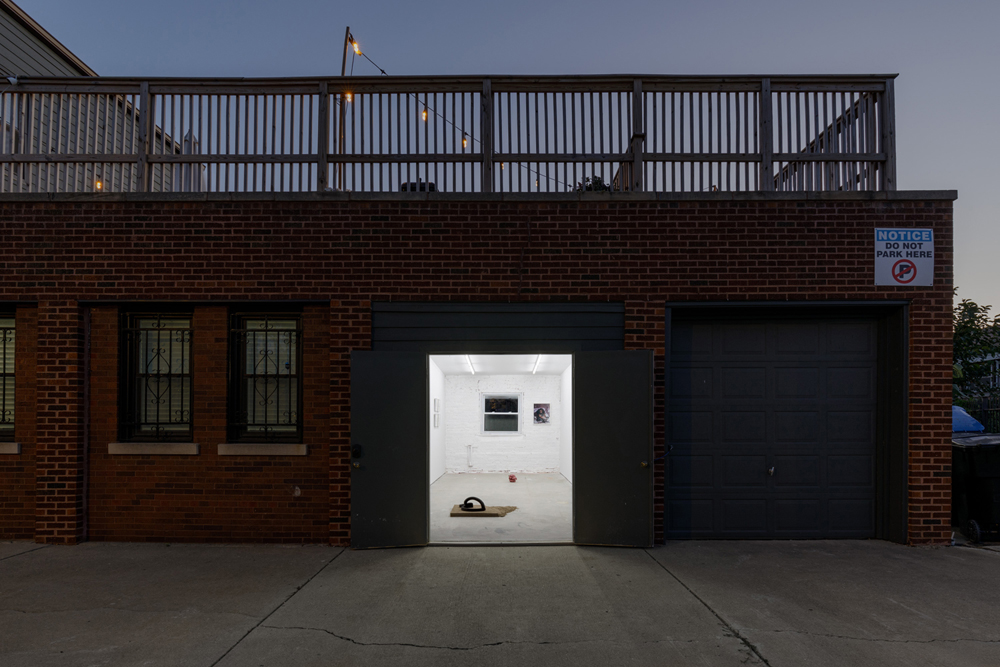
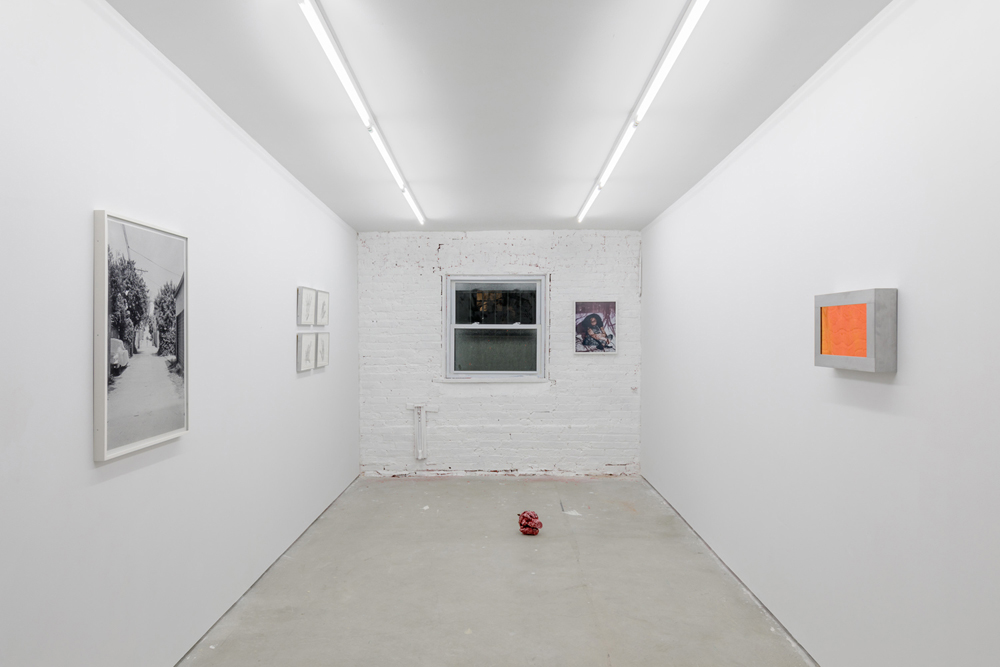
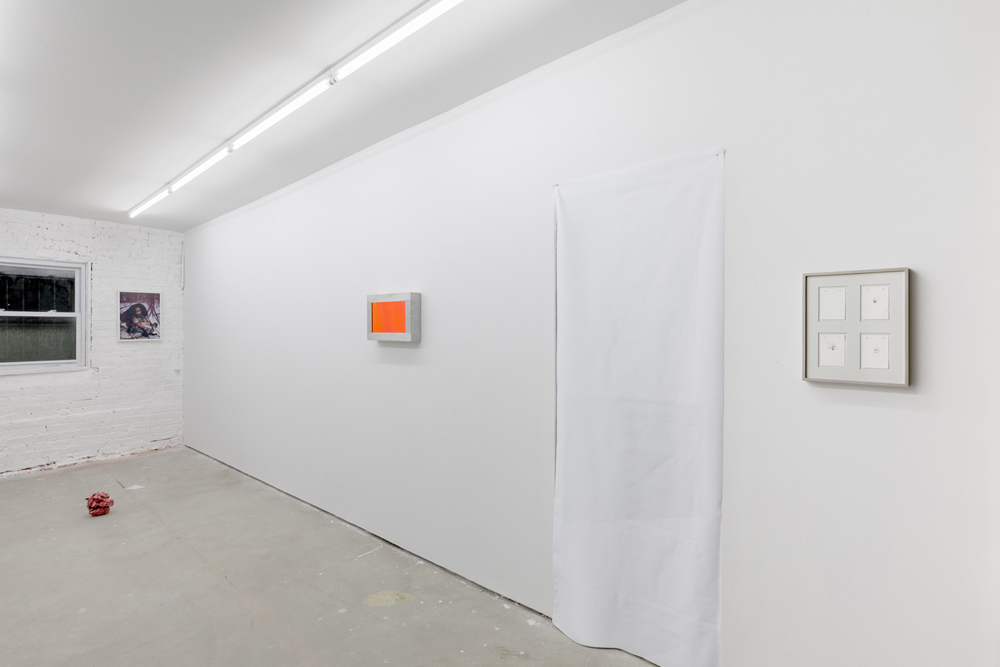
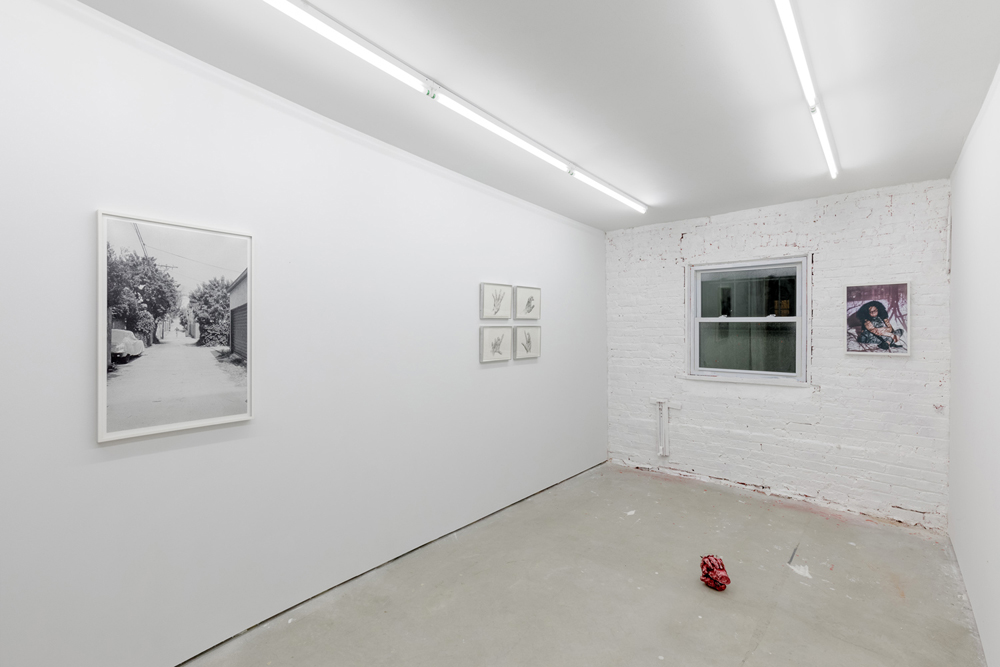
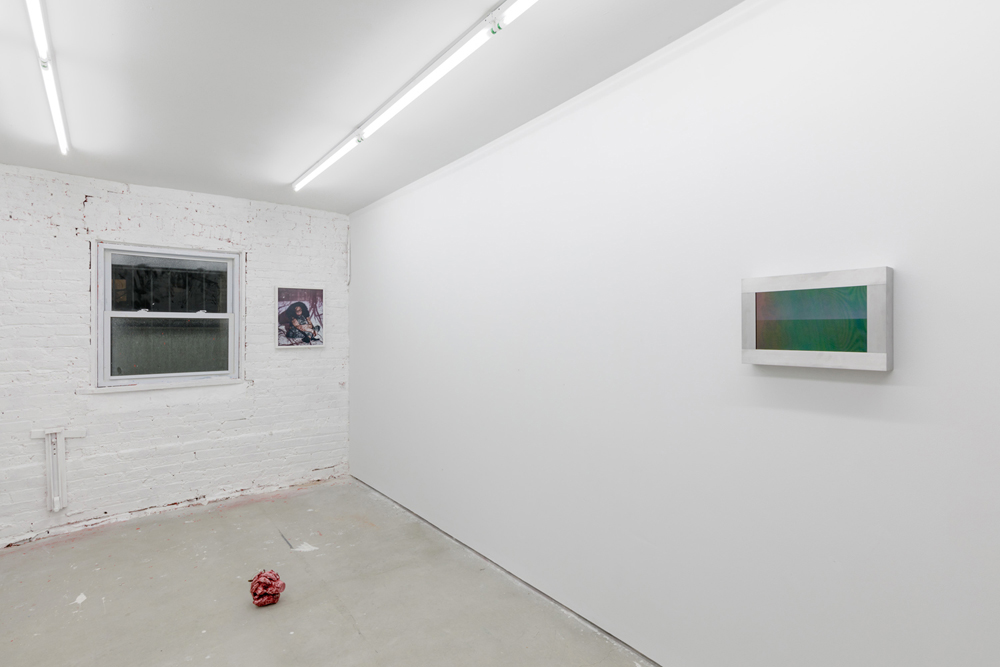
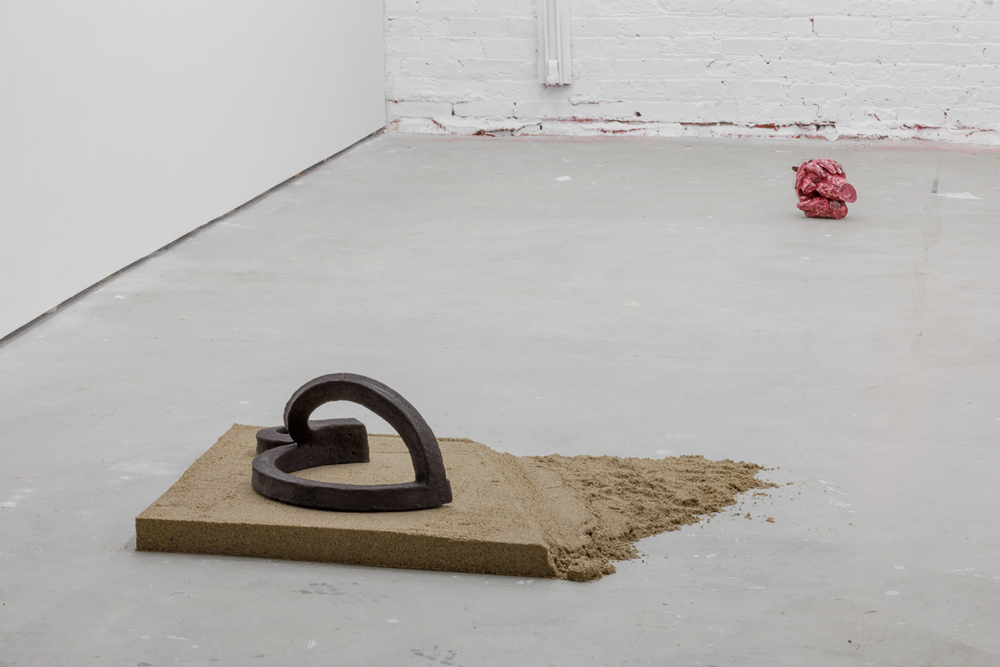
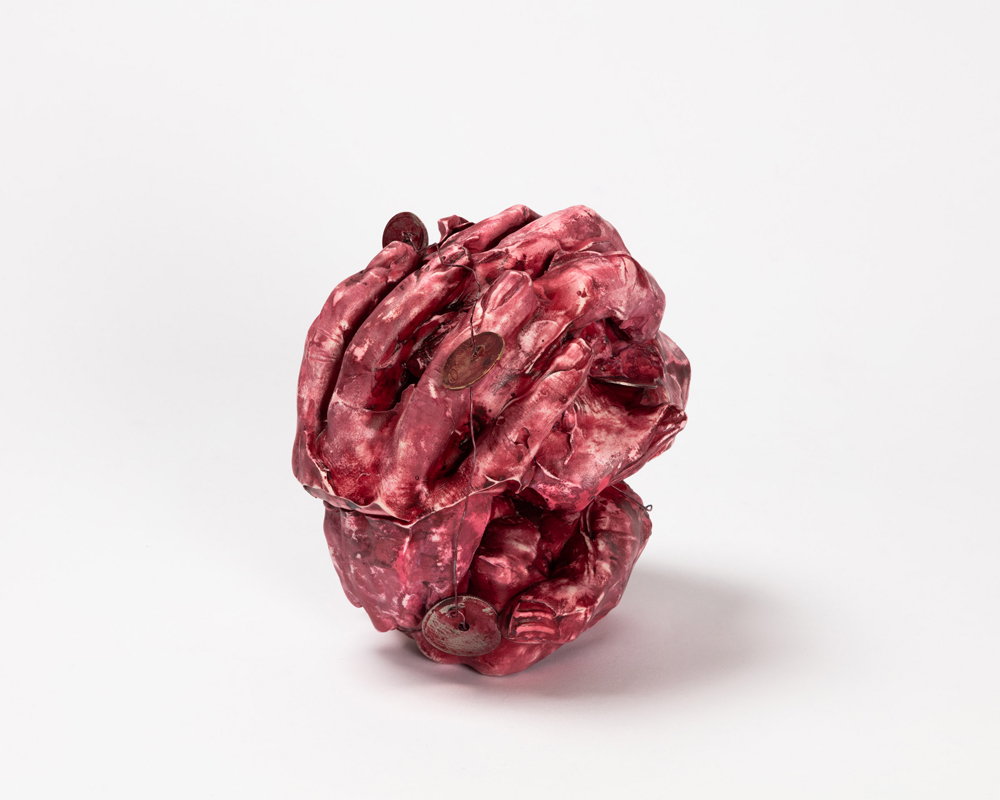
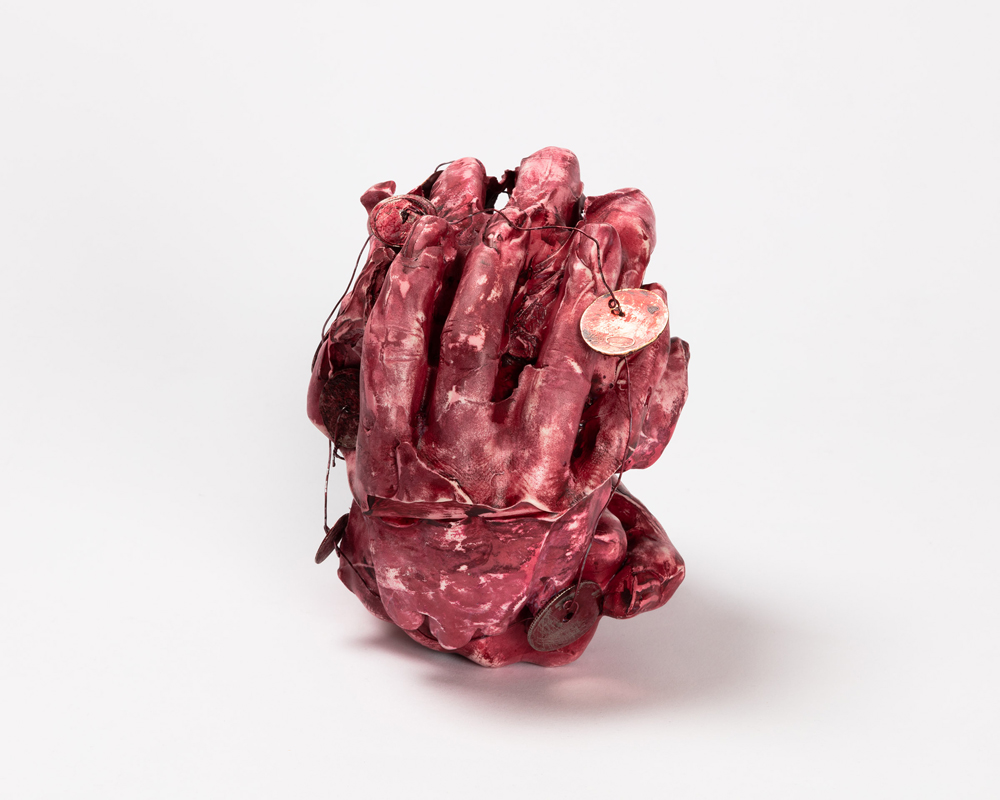
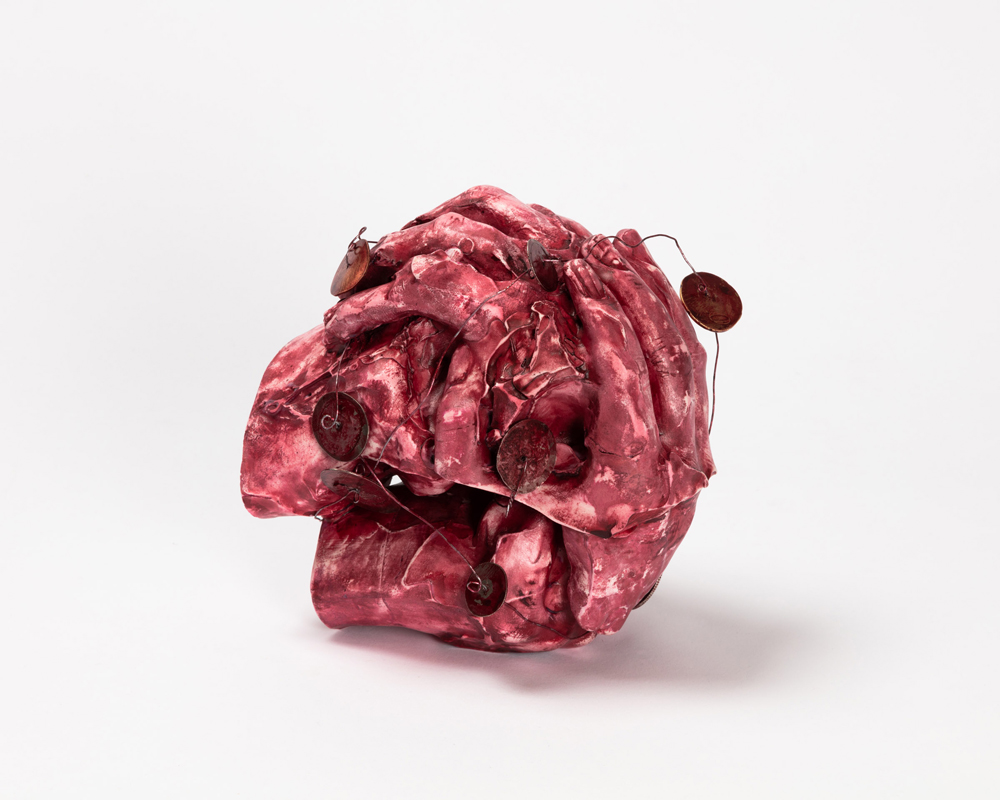
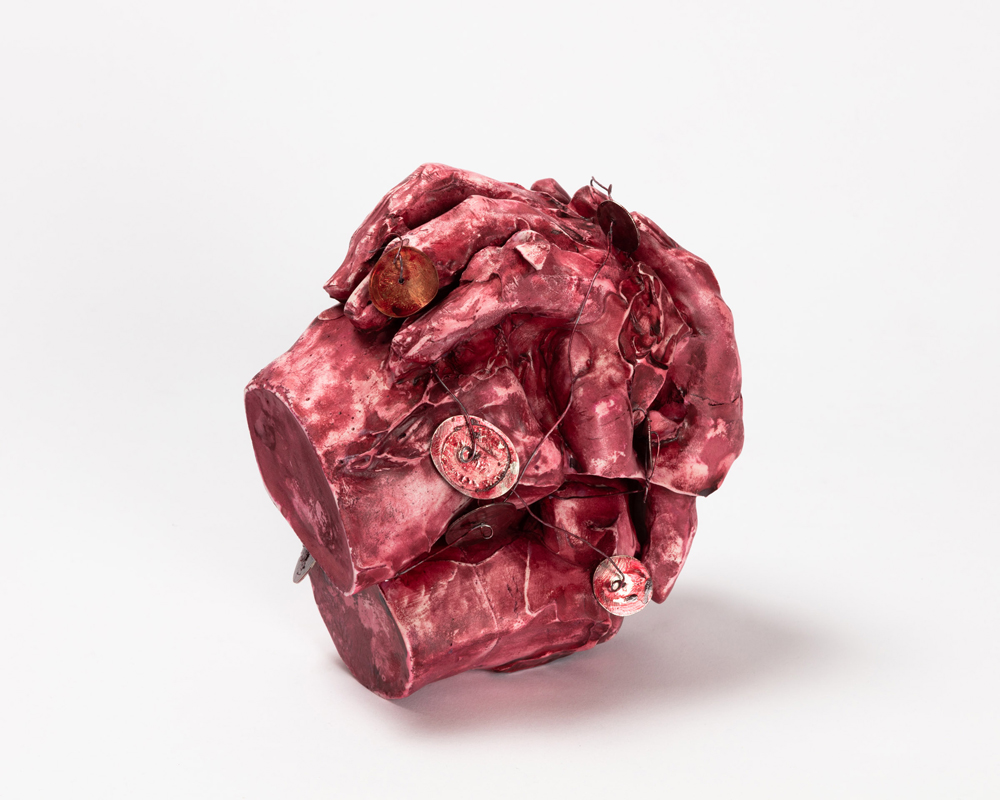
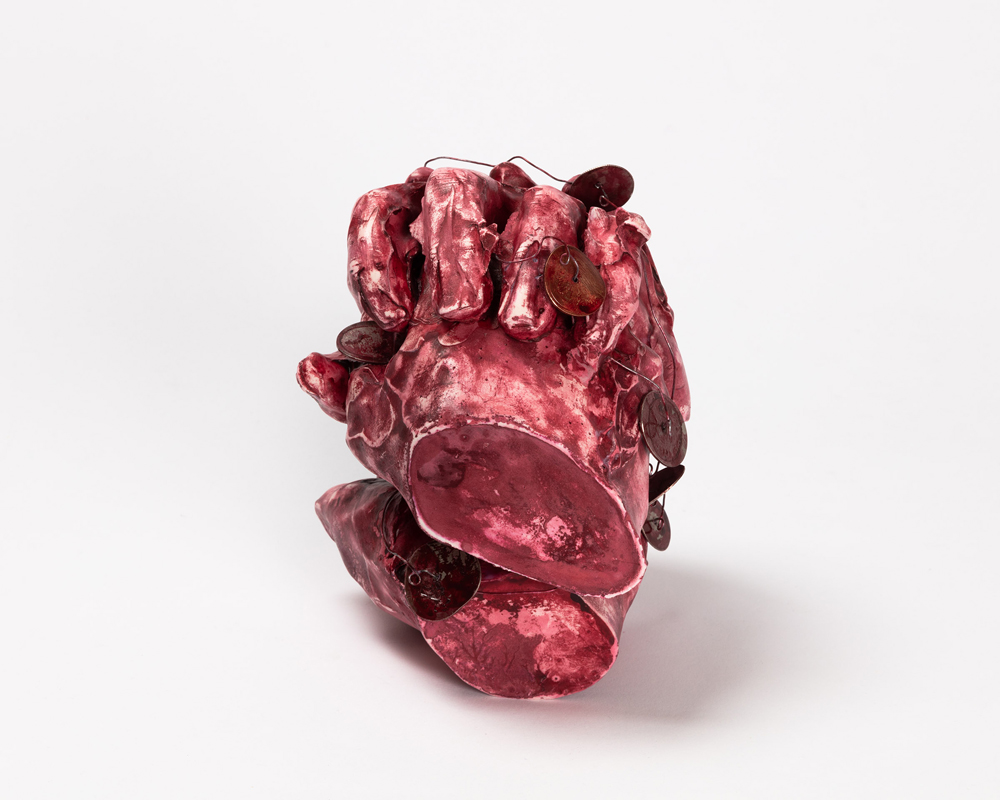
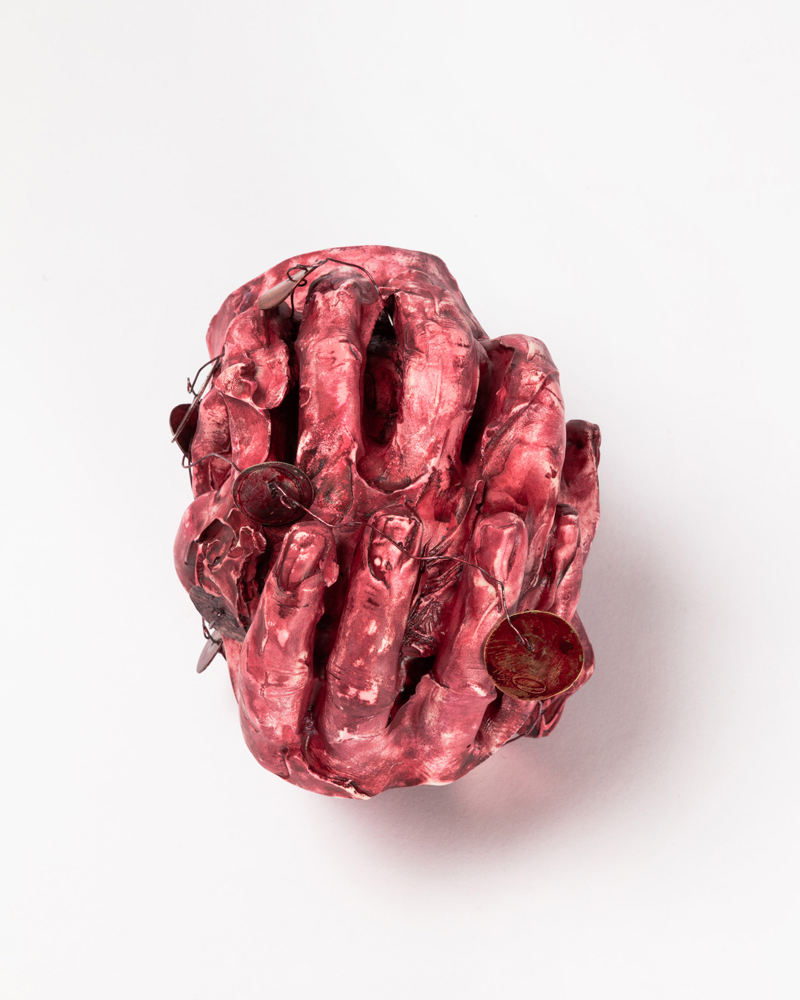
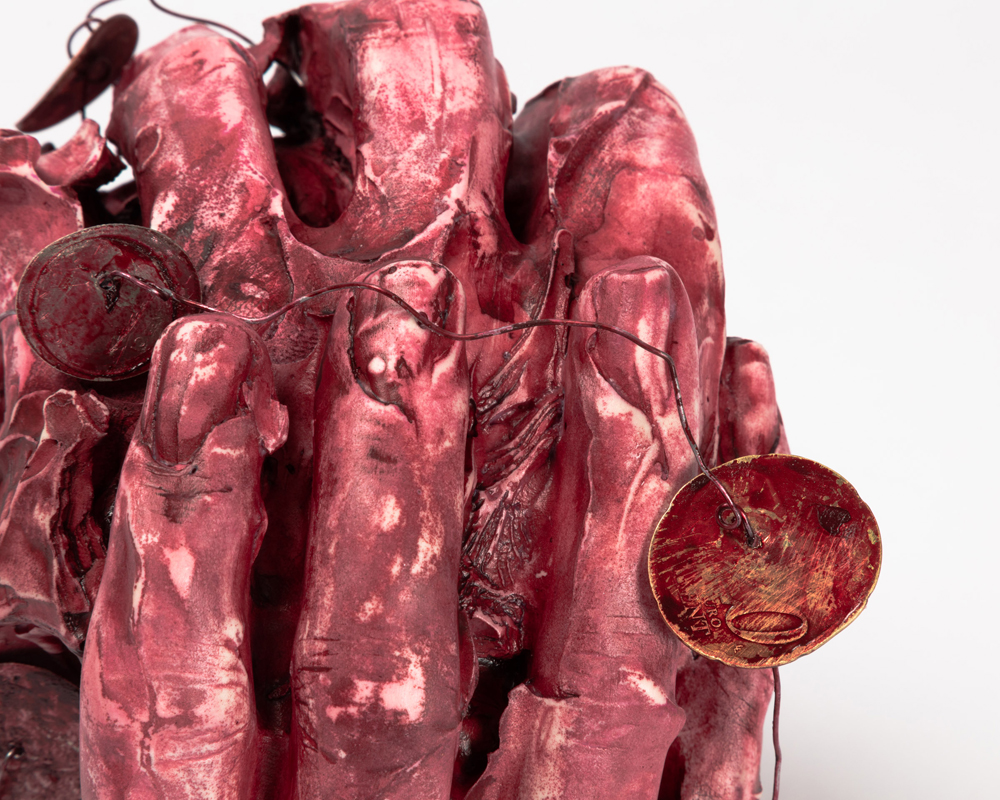
Cito, Longe, Tarde
Haynes, Chicago
Oct 3 – Nov 22 2020
Yuji Agematsu, Ally Almore, Daniel Baird, John Divola, Matt Hanner, Jenine Marsh, Alva Mooses, Julia Phillips
Work:
Symbiont, 2020. hydrocal, train-pressed coins, wire, epoxy clay, wood
filler, acrylic. 6.5 x 5 x 6.5"
Exhibition text by Jessica Cochran:
Haynes announces its inaugural exhibition, Cito,
Longe, Tarde, at a newly renovated space in Chicago’s
Bridgeport neighborhood. Housed in the garage of
a former bakery, the project space is domestically
scaled, offering intimate opportunities to engage
with artists working internationally and in Chicago.
Founder, Jessica Cochran, has been a curator and arts
administrator working in Chicago for over a decade.
This first group exhibition features new works by
Jenine Marsh (Toronto) and Alva Mooses (New York),
as well as recent and existing works by Ally Almore
(Chicago), Daniel Baird (Chicago), John Divola (Los
Angeles), Matt Hanner (Chicago, d. 2011), and Julia
Phillips (Chicago/Berlin).
Cito, Longe, Tarde means to leave quickly, fly far, and
return slowly. This phrase was used during the Middle
Ages as a warning for great epidemics of infectious
diseases, advising the only possible remedy: flight.
In light of the recent pandemic, and in the context of
social movements, what does it actually mean for
the body to leave quickly, and where does one go?
What if to fly far means to shelter-in-place alone, or to
perform essential labor with others, all the while
finding respite in the outer reaches of our imaginaries?
What if, to come back slowly is to cautiously
renegotiate the world as someone who is always, for
the most part, waiting?
With its title as a lens, this exhibition is
conceived as a dramaturgy of objects and images
that create a space for quiet reflection on lexicons of
individual movement—physical and psychic—relative to
the passage of time or collective body.
Works in this exhibition do not all comment on
the pandemic itself or on the social landscape of 2020,
but they all ruminate on adjacent, mutable ideas: ways
to escape; proximity re-imagined; spaces of safety;
thresholds of human connection. At turns, there are
poetic or affective gestures that serve a kind of
hospitality to the viewer to occupy another’s world, if
but for a short time.
In the early stages of quarantine, Zadie Smith
wrote in her book Imitations, “the crisis has taken this
familiar division between the time of art and the time
of work and transformed it. Now there are essential
workers—who do not need to seek out something to
do; whose task is vital and unrelenting—and there are
the rest of us … suddenly confronted with the perennial
problem of artists: time, and what to do in it.” Some of
the spaces, bodies, and objects we encounter in this
exhibition are decidedly that of the artist—bodies in
their habitation, spaces of one’s imaginary, objects born
in studio.
In Cito, Longe, Tarde, we feel the problem of
adaptation as a proposition of art. Materials, forms, and
subjects—aesthetic decision after decision—create for
us new contours around the work of everyday life.